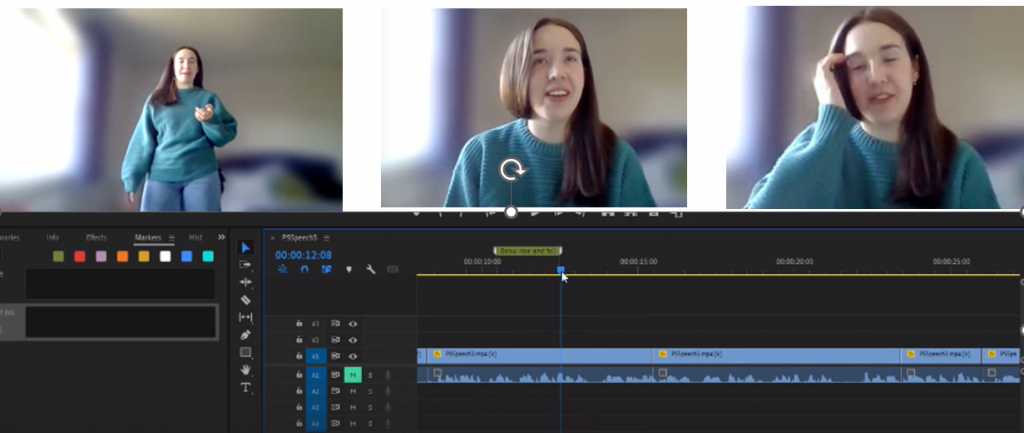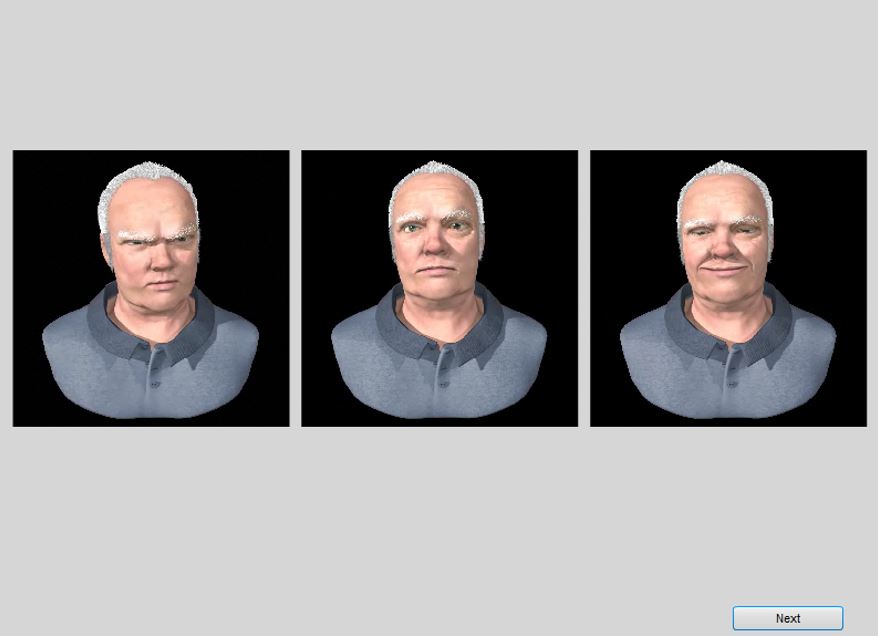Social Training & Anxiety Research Lab
The STAR Lab investigates cognitive biases in social perception using video, eye movements and other sensory metrics, verbal reports and experimental procedures to identify cognitive mechanisms associated with social anxiety and confidence. We are also developing digital interventions for enhancing social confidence and competence using virtual reality and gamification.
The Social Anxiety Paradox (presented as part of the Psychology on Tap series 17 Nov 2021).
https://web.microsoftstream.com/video/6b0b6044-6f23-47ca-8072-50dc596cfdad
Current work
Development of social confidence assessment and feedback tool

I am currently running the study above to trial methods to enhance presentation skills in which I am measuring social anxiety and performance through videoed gesture and speech analysis (in collaboration with Prof Chris McVittie, Queen Margaret University and Dr Yuhang Chen – Heriot-Watt (EPS). Details about how you can participate in this study are available via this link Take part in research studies – SPECTRA Labs (hw.ac.uk)
Past work
Cognitive behavioural models of social anxiety typically include the role of attention to social cues such as facial expressions but much of the work used to support the theoretical underpinnings have used static face photos. I have been interested in the utility of these to assess attention in social anxiety and have concluded that given the inconclusive results in the literature and limited social threat that face photos present to socially anxious people on their own, it is more useful to pair face photos with socio evaluative information to increase the ecological validity and social threat of face photo paradigms in so that we can capture some of the basic speed of processing and categorisation of emotional information in a controlled but artificial context.
- Social perception, attention and self-esteem
I have demonstrated that manipulating context in the form of social evaluative sentence primes had no direct effect on attention when viewing emotional faces, but they increased the intensity of the emotion and self-esteem. Therefore, in terms of digital interventions, a combination of manipulating self-relevant expectations and attention towards non-threatening facial features may be more effective than attention training or cognitive reappraisal alone.
- Social anxiety – latency (between stimulus onset and response) – Error rate
I also used social evaluative sentence primes to asses the influence of social anxiety and context on the ability to inhibit irrelevant emotional stimuli and found that these elicited an effect on the ability of socially anxious individuals to inhibit more ambiguous neutral faces compared to emotional faces whilst this effect was not apparent without the social evaluative context. This both reinforced the importance of including social context is static face processing study design and has implications for digital interventions in terms of helping socially anxious people not to be distracted by faces in an audience for example which they cannot quickly read and may ruminate on.
- Social anxiety – Attention and awareness
In my current paper (in preparation) I progressed from looking at static face processing paradigms to more ecologically valid video processing designs. In doing so I have shown that social anxious individuals can have heightened awareness of social cues even when they are not displaying differences in attention and this may indicate that attentional retraining programmes may not always be targeting the most important aspects social anxiety and this is something that I hope to build on in future work.
Social anxiety simulation training and The Expert Performance Approach and gamification
With Technology Gateway funding, working with the Artschool of Glasgow I developed social avatars for use in a social attention and cognition training gamification paradigm which yielded some interesting pilot results.

